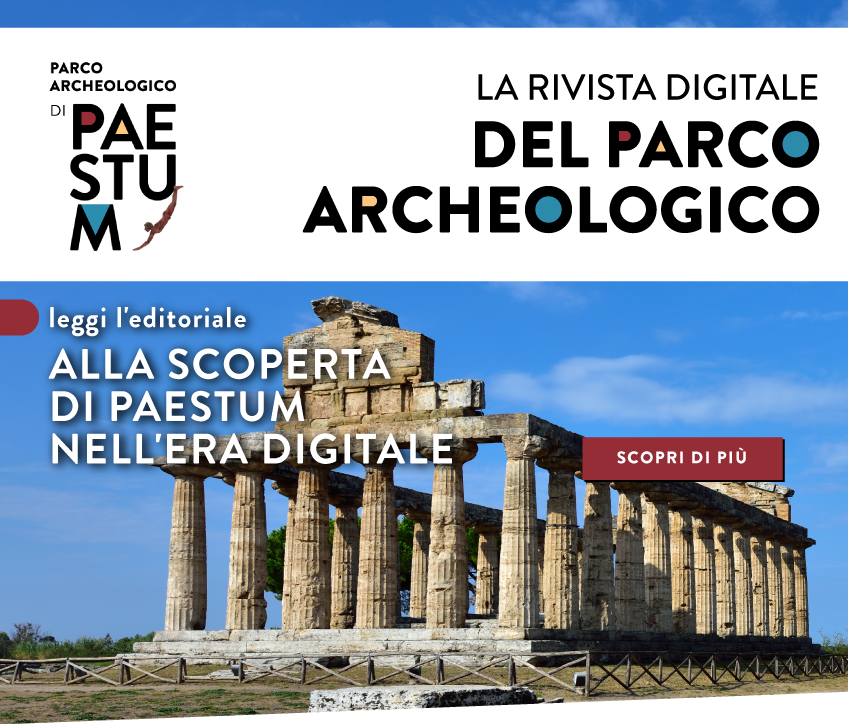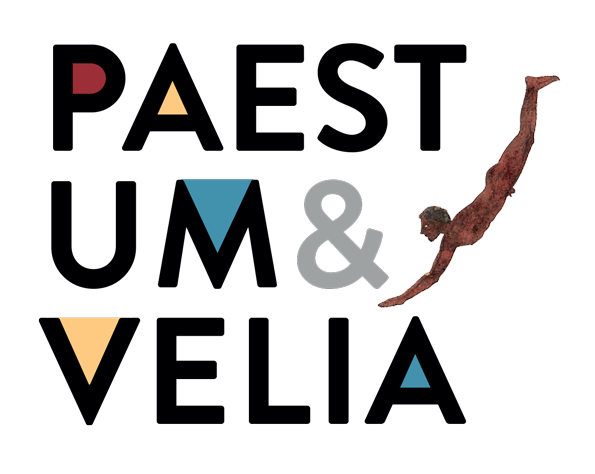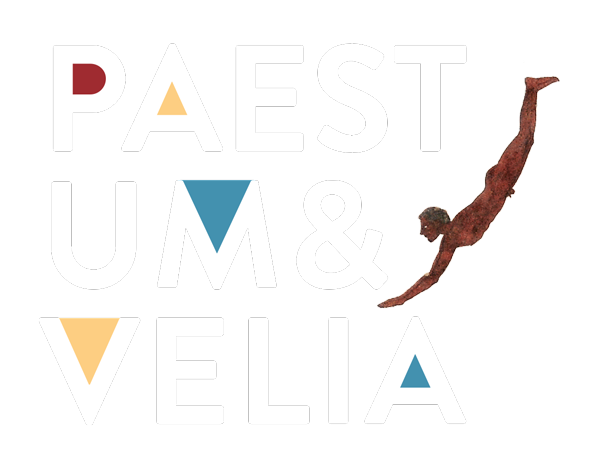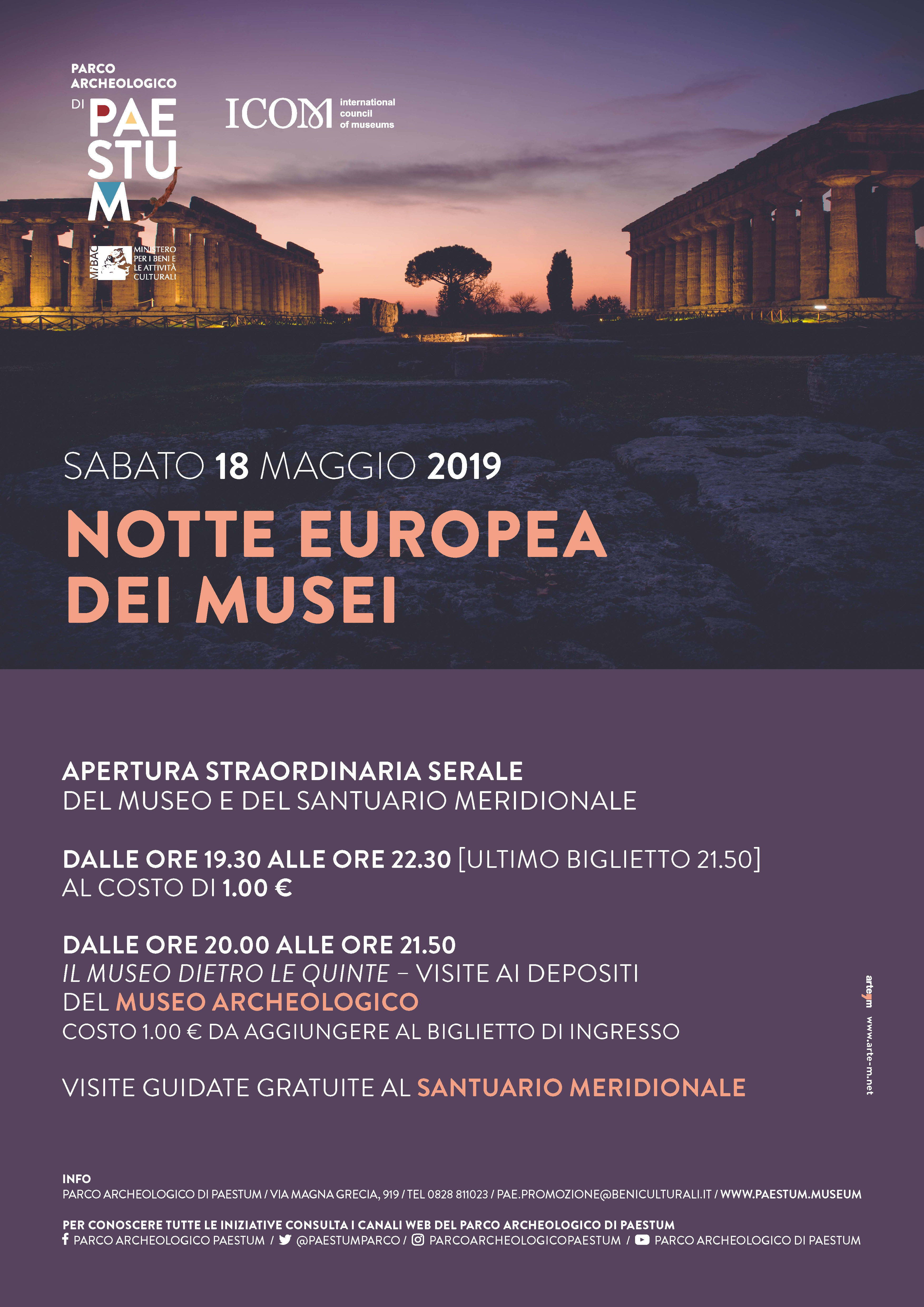

ear Readers,
This column discusses some aspects that (still) remain unknown about Paestum and would be interesting to find out about. Although Paestum is considered the best-known city in Magna Graecia, it is also true that the site poses many conundrums for archaeologists, architects and historians. Some of them will be described here. This month’s column is written by Giovanna Greco.
As one enters the Museum of Paestum, one’s gaze is immediately attracted by the series of carved slabs that make up the frieze of an archaic building that runs round all four sides of the central room. In reality, this building has yet to be found and the slabs are still in search of a temple where they can find their original location!
It is a compelling story which demonstrates that archaeological research is always an ongoing process and is never based on certainty and dogma.
When, in 1936, the “ancient” sanctuary of Hera (the Argive Heraion) was discovered in an area close to the mouth of the river Sele, mentioned in the sources but never identified until then, it caused a stir and aroused great interest in the academic world. Over the following few years until the outbreak of the war, the excavations carried out by Umberto Zanotti Bianco and Paola Zancani Montuoro brought to light a sacred area with altars, reception buildings and the foundations of a monumental temple. However, what made this excavation “one of the most sensational events” of the 20th century was the discovery of carved metopes in local stone which, in terms of number, quality and its high chronology (c.550 BC), has no parallel in the ancient world. The only comparable complex is the one discovered at Selinunte!
This exceptional series of finds must have formed the decorative frieze of a monumental building which, in terms of chronology, could not be the temple whose foundations were still visible.
The identification of a small modest structure on one side of the temple, consisting of a rectangular room on three sides and, not far away, a drum of a column, considered to be the only surviving element of a colonnade on the façade of a shrine, led to the reconstruction of a cult building, a thesauros decorated with a Doric frieze consisting of 36 metopes and triglyphs which were found scattered over a large area running alongside the river.
This is the reconstructed feature that greets visitors to the museum which was specially designed and built to house the complex of carved slabs. The architectural design developed around this elusive archaic building.
However, as early as 1958, the hypothesis of the archaic thesauros began to be questioned. Three new slabs, identical to the 36 used in the reconstruction, were brought to light. There were now 39 slabs, which clearly invalidated the proposed reconstruction and Zancani herself raised the first doubts, arguing that the suggested proposal needed to be rethought and that further research needed to be carried out. Research always leads to further surprises and can revise opinions in the renewed hope of establishing the true nature of the structure.
The three new slabs are on display low down along a side corridor.
At this point, archaeologists came up with a whole host of new hypotheses and conjectures: it was suggested that there was a longer shrine, then possibly two similar shrines, then perhaps a larger temple for which other metopes would have been required but still awaiting discovery. For the time being, they are all imagined!
Faced with this challenging puzzle, archaeologists modified the succession of metopes, shifting the slabs from one side to another, continuously reinterpreting them. A boardgame without a solution!
In 1991, the area was investigated by excavating more thoroughly and a completely different picture emerged: the rectangular room proved to be a small sacellum on three sides that could not be lengthened (the foundations were lacking!).
It was an unroofed enclosure (no trace of a roof has ever been found), with a votive column at the centre. The materials unearthed in the foundation trenches suggest an initial cult building made from re-used materials, immediately following the foundation of the Roman colony of Paestum in 273 BC. It may have been one of the first sacred buildings dedicated by the new Roman colonists in the sanctuary by the river.
The slabs, one of the most interesting “texts” to have survived from antiquity, even without their temple and figurative programme, continue to tell their stories of heroes and gods, transmitting the values that underpinned the culture of the Greeks who arrived on the banks of the river Sele in the early 6th century BC. The messages are clear and reflect an aristocratic society where the values that stand out are the values of heroes such as Heracles or Achilles or the punishments inflicted by the gods on humans guilty of arrogance and seeking to overturn the rules of social existence.
……. and the research continues!






